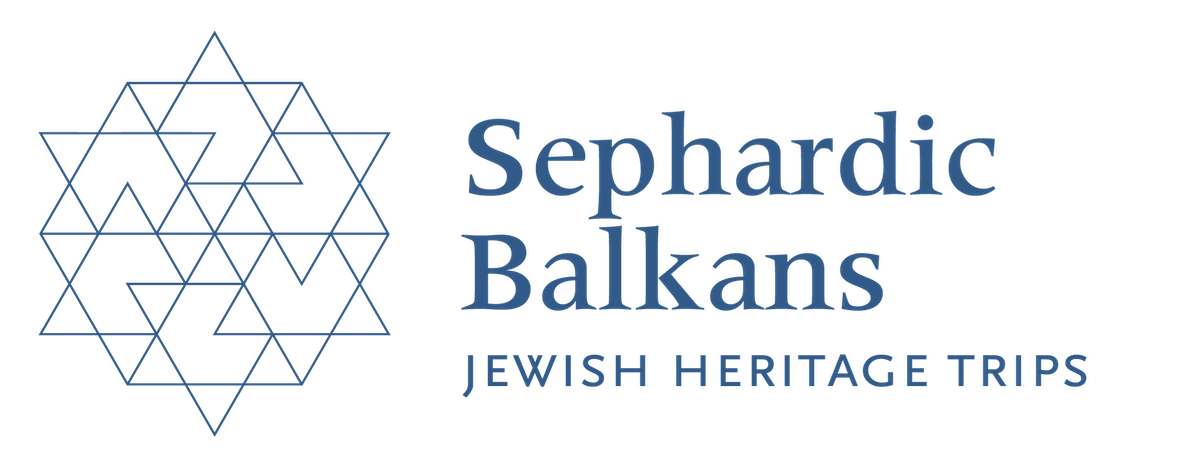Greece Jewish Tour || Jewish Heritage Travel in Greece
Are you planning a Jewish heritage trip to Greece? If so, we can definitely help. Our annual summer Jewish Heritage Greece Tour is part of our exploration of the Sephardic Jewish heritage of the Balkans. Our Jewish heritage itinerary includes Bulgaria, North Macedonia, and Greece. We spend a total of twelve days, divided between the three Balkan countries. Three of these days are spent in Greece.
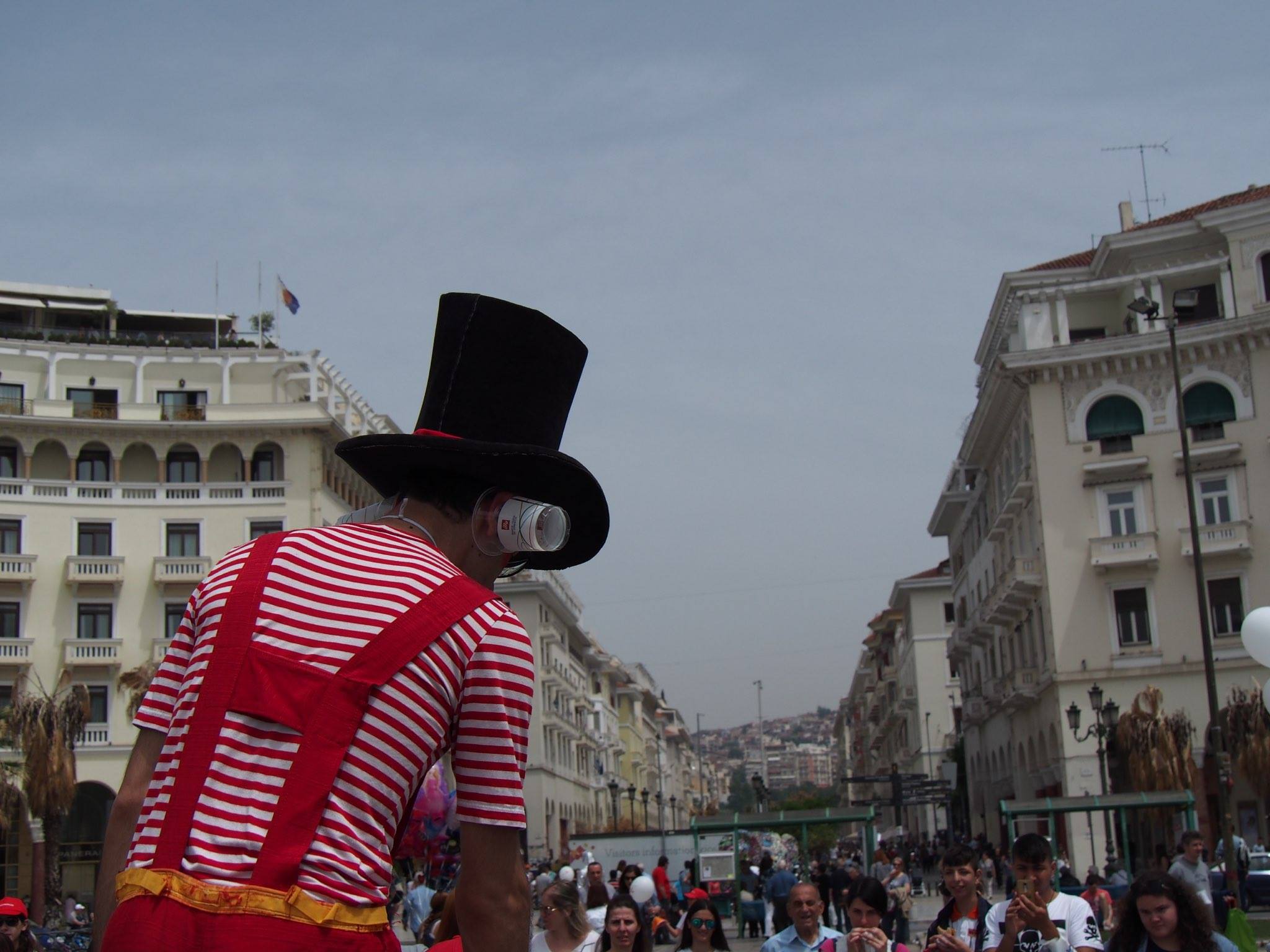
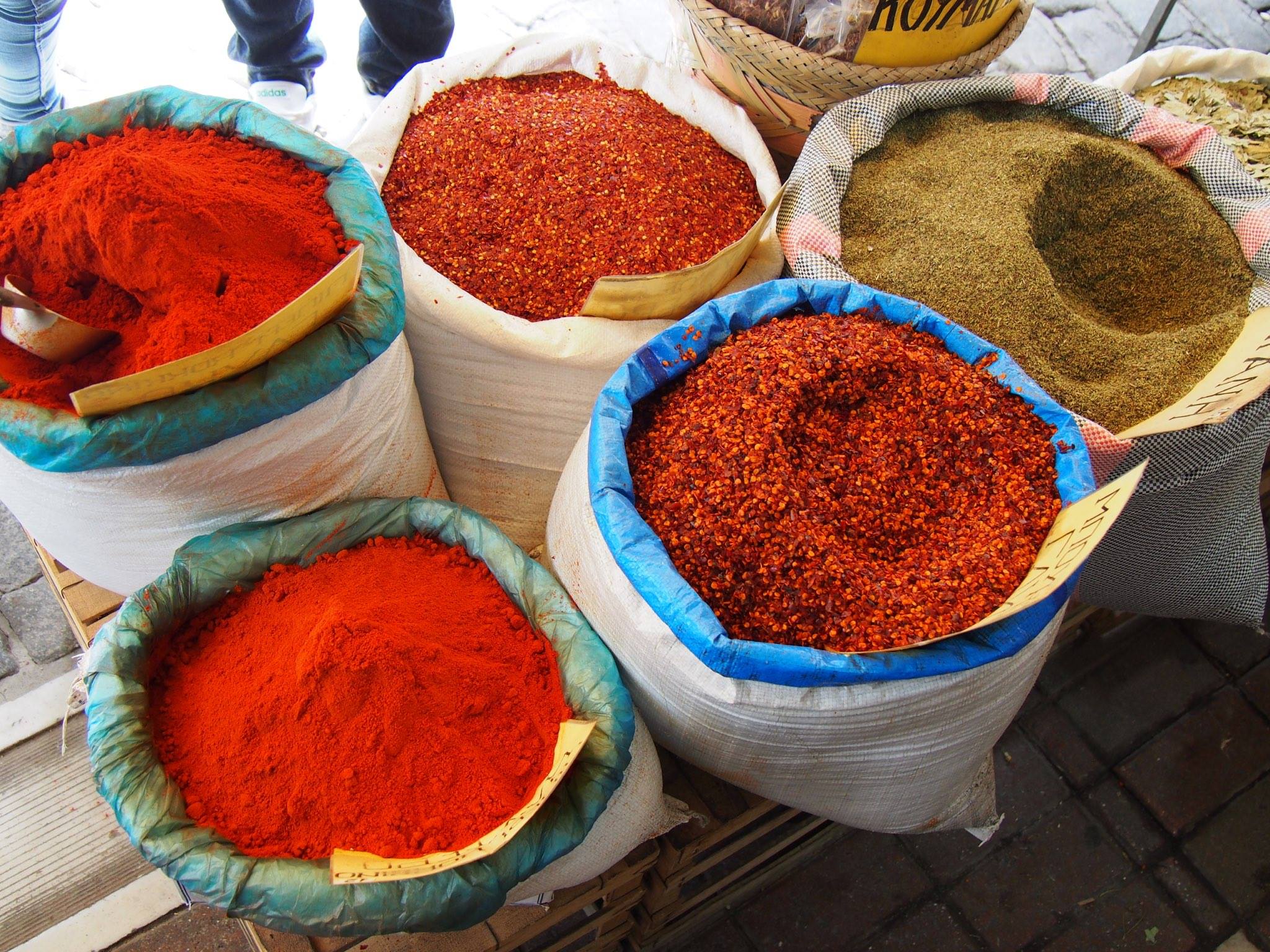
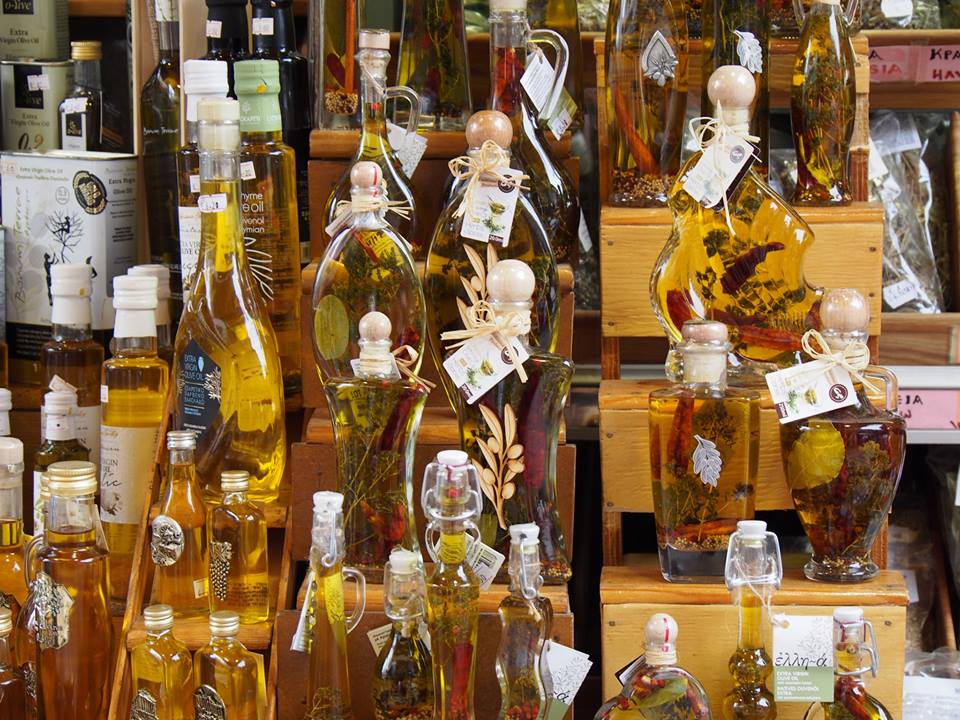
Our exploration of the Jewish heritage of Greece focuses on the northern and northwestern part of the country. We spend three exciting days in beautiful Thessaloniki, or Salonica, commonly referred to as the Jerusalem of the Balkans. The nickname was given to the city by its sizeable and influential Jewish population, who also named Salonica La Madre de Israel. Predominantly Sephardic and Ladino speaking, Salonican Jews dealt in weaving, wool cloth production, medicine, tax farming and customs collection, and trade. By the early 20th century, in addition to affluent industrialists, Salonican Jews were also fishermen, theater actors, stevedores, blacksmiths, bakers, teachers, carpenters, tailors, confectioners, watchmakers, shoe shiners, tobacco laborers, and pumpkinseed vendors.
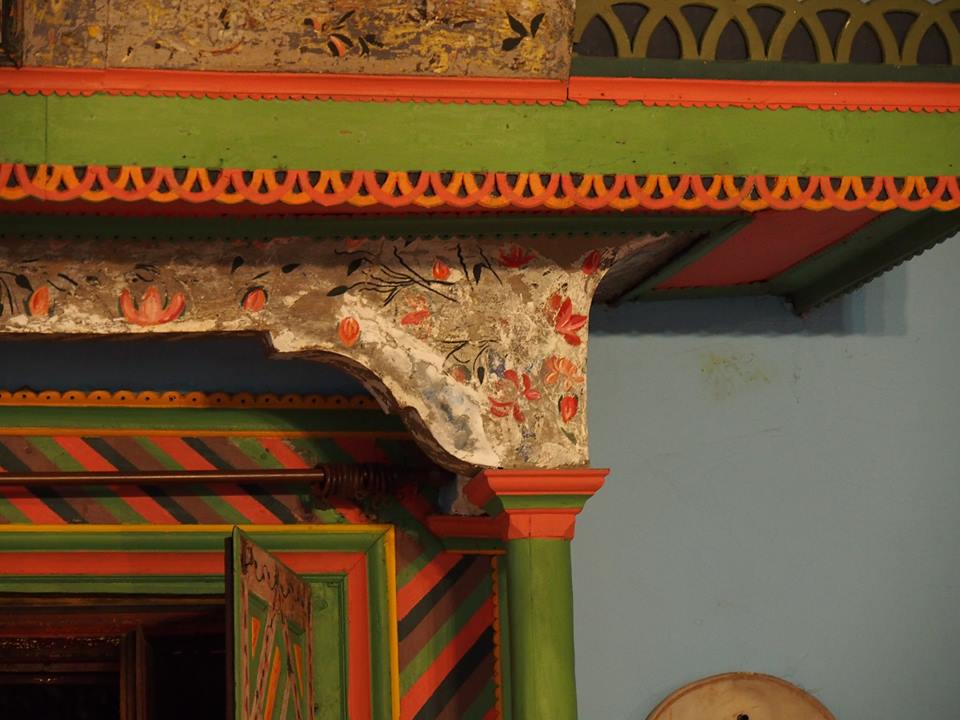
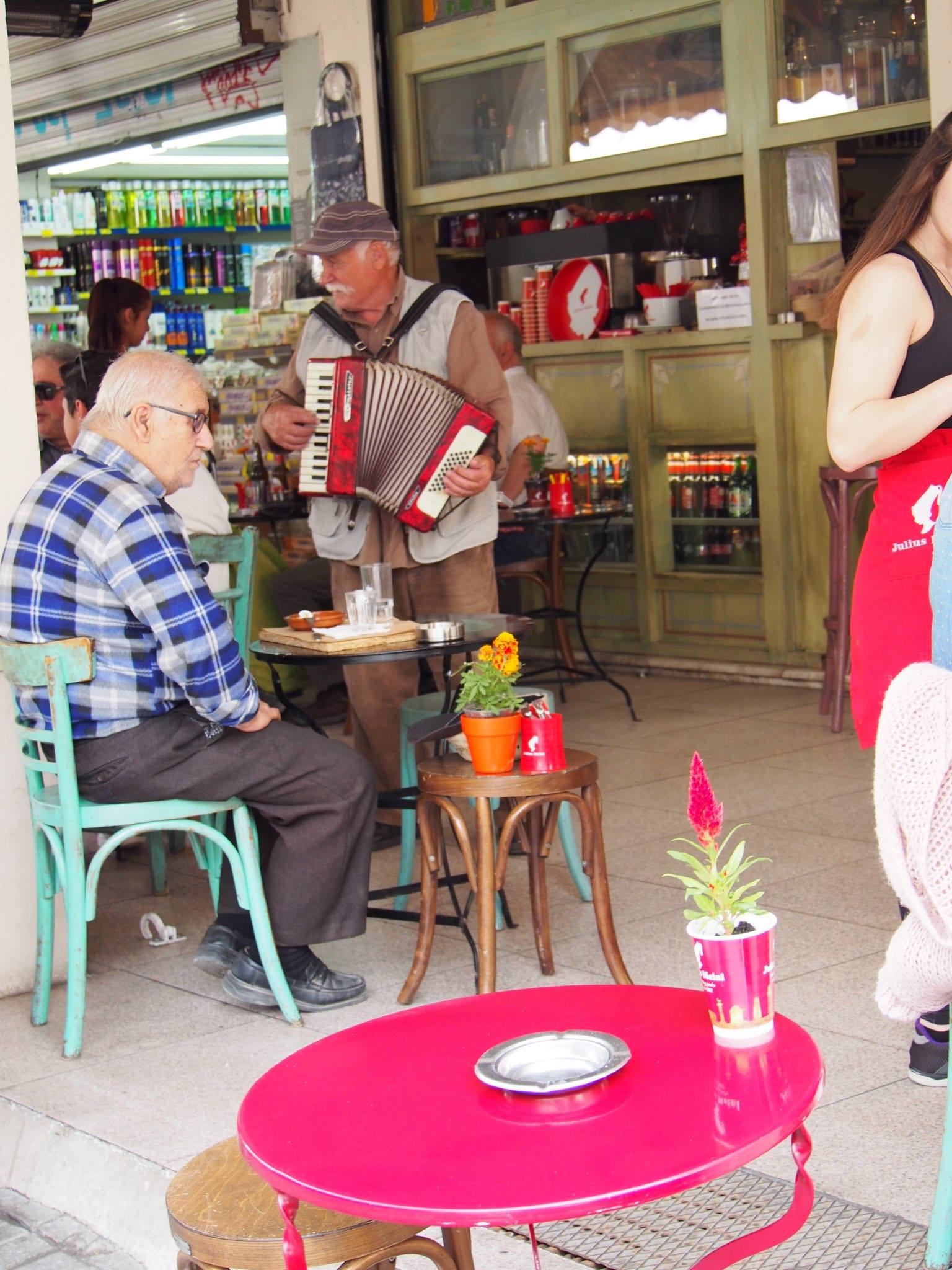
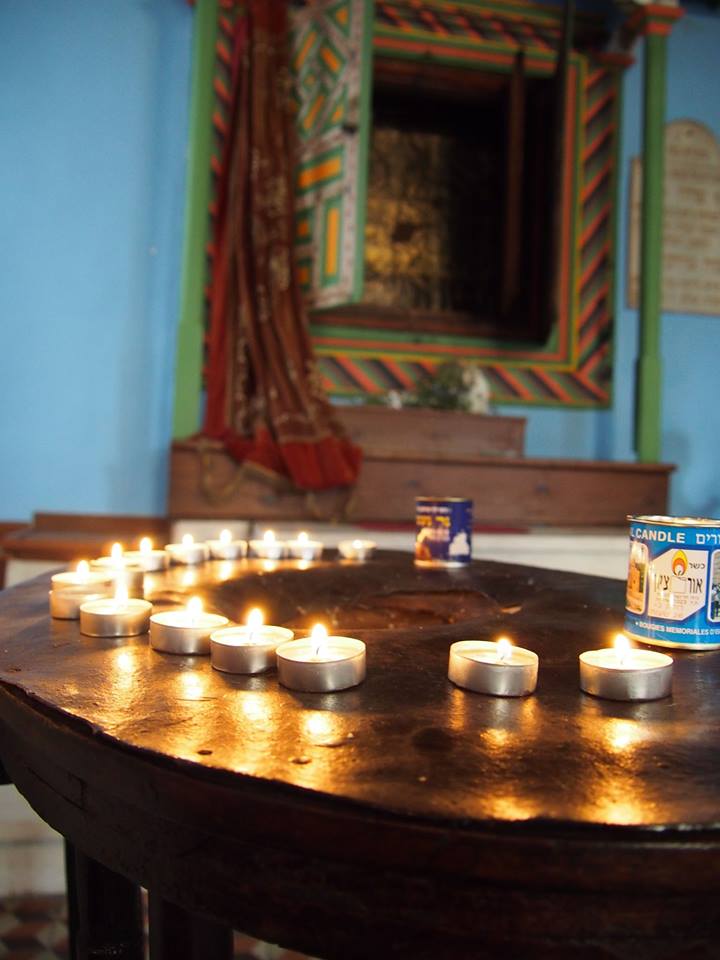
Itinerary: Bulgaria—North Macedonia—Vergina—Thessaloniki—Northern Greece—Bulgaria
Day 1: We arrive to Greece from neighboring North Macedonia, and our first stop is Vergina (Aigai) – one of the country’s most spectacular archaeological sites! We’ll explore the Royal Tombs of the ancient Macedonian kings, including the tomb of Philip II. From Vergina we continue on to beautiful Thessaloniki (Salonika). Greece’s second largest city and port has a long and rich history. Of specific interest to us is the arrival of some 20, 000 Jews from Spain at the end of the 15th century, inaugurating a period of vibrant religious and cultural Sephardic activity. After we check into our centrally located luxury hotel, travelers have the evening free.
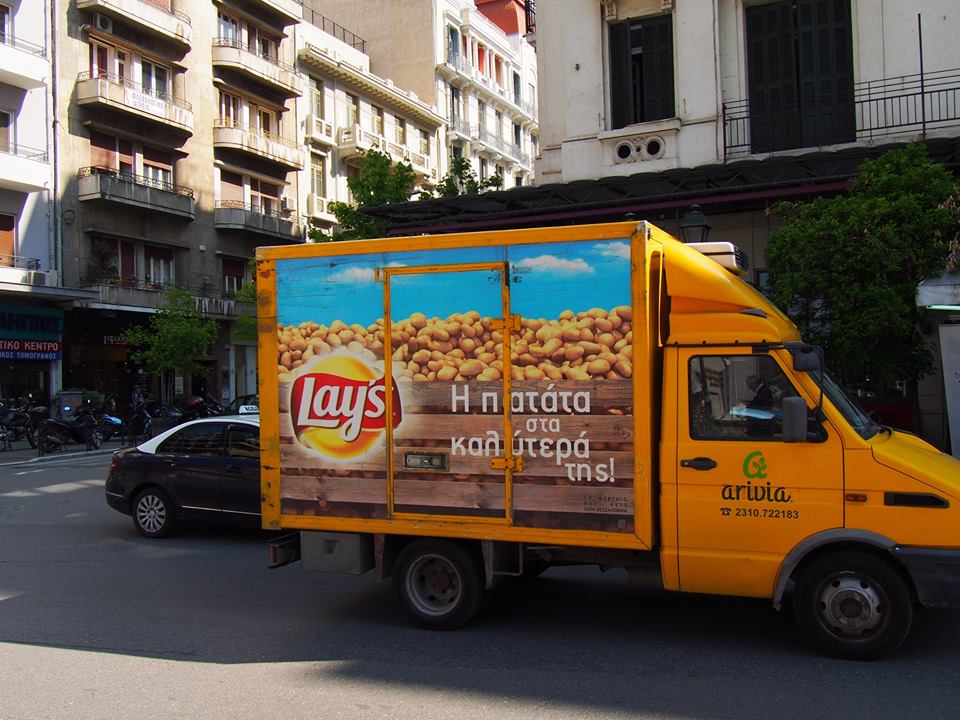
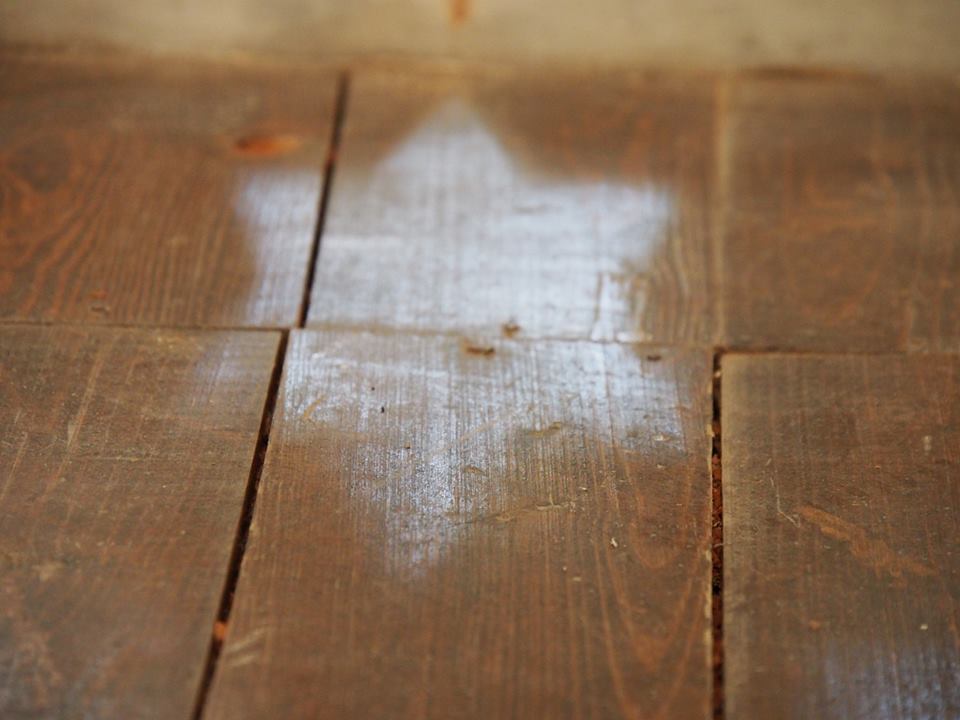
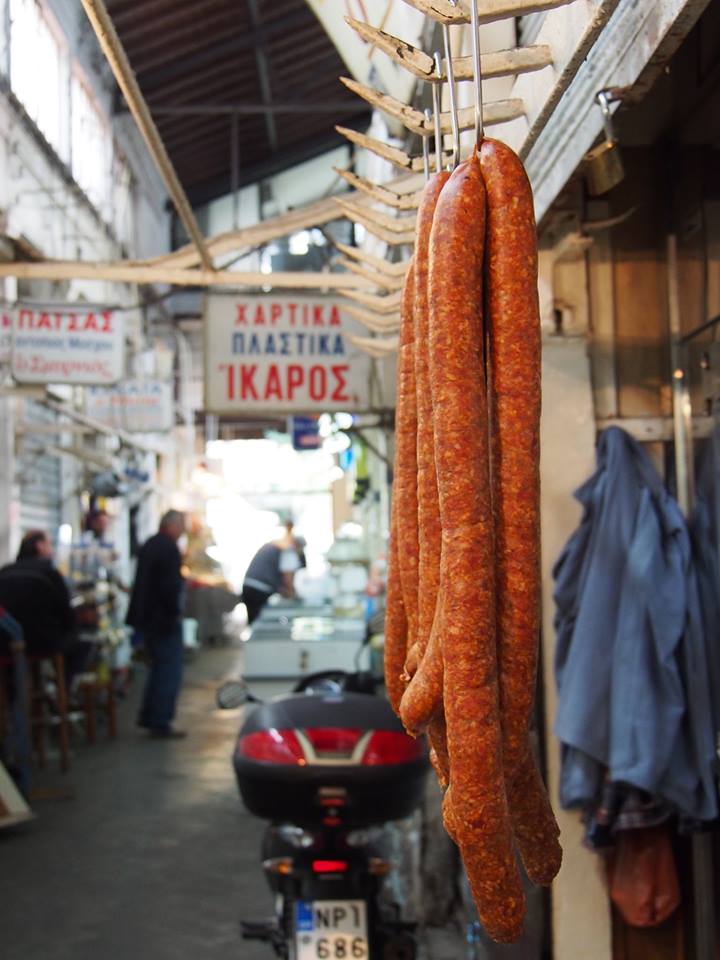
Day 2 offers an in-depth exploration, by bus and on foot, of much of what Jewish Thessaloniki has to offer. Salonika’s thriving Sephardic culture was at its creative peak in the 16th century, with notable rabbis, scholars, thriving yeshivas, and Talmud Torah schools. By the early 1920s, the majority of the population was Jewish, and roughly 50,000 Jews lived here when the Germans arrived in 1941. We’ll visit Salonika’s two synagogues – Monastirioton (1920s) and Yad Lazikaron (1984) – the Jewish community center, and the Jewish museum, located in a historic building. We’ll also explore the Upper City and its lavish Jewish villas, the new monument commemorating the destroyed Jewish cemetery, and we will end our tour at the Byzantine Walls, from where you can enjoy fabulous views of the bay.
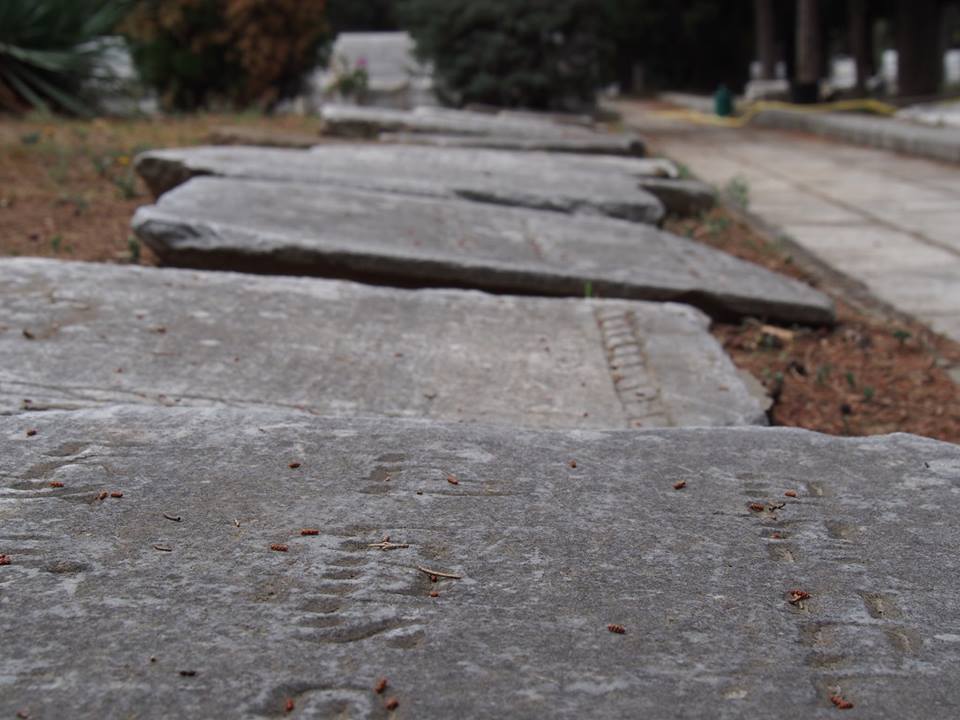
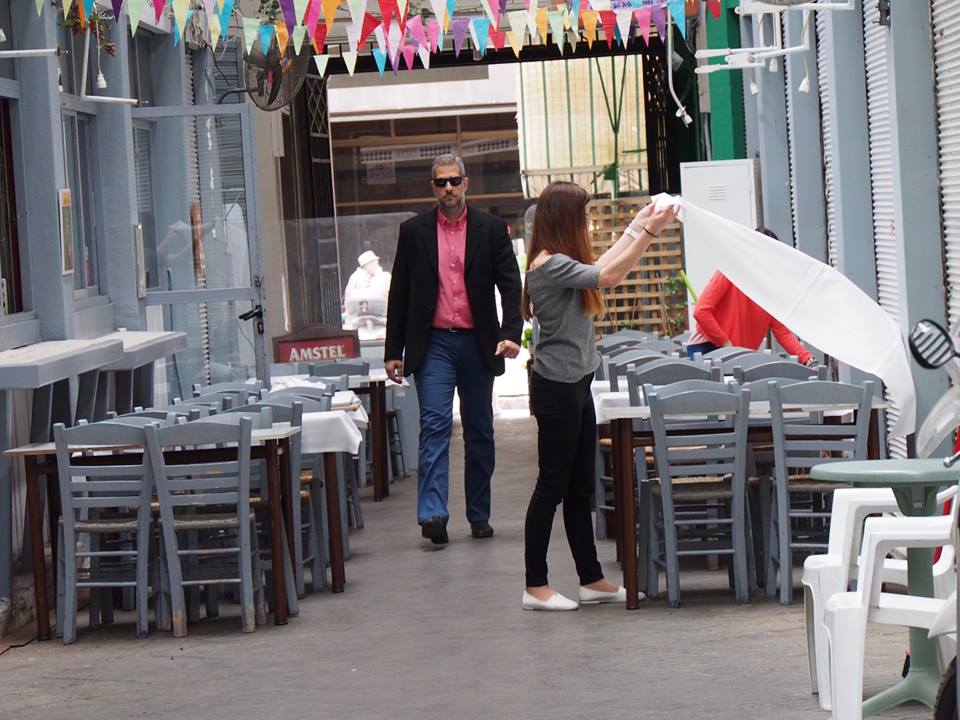
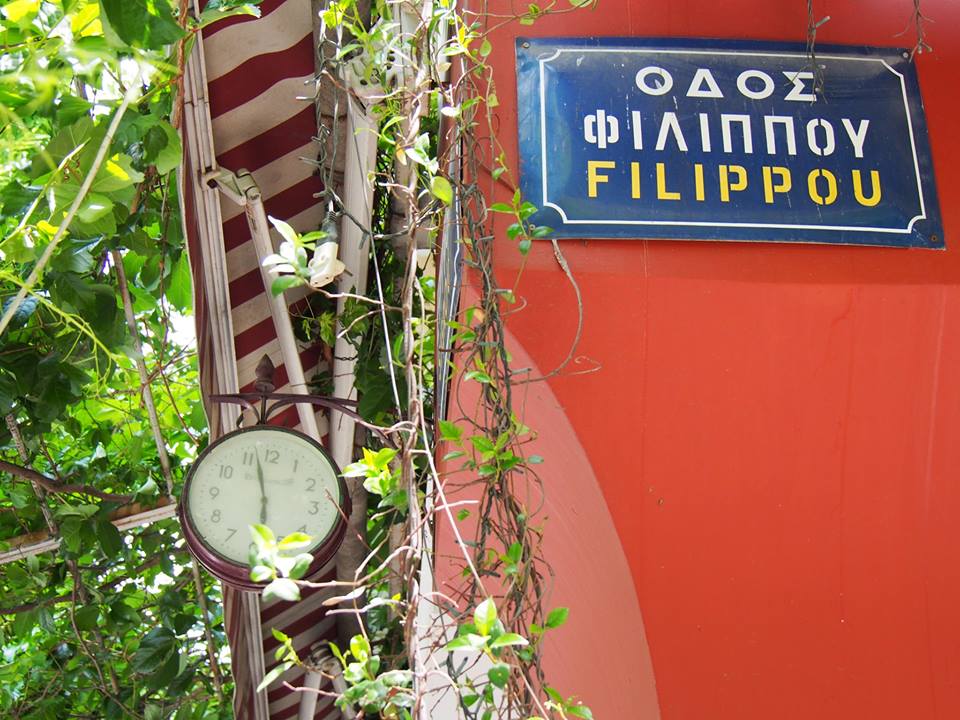
Day 3: You have a leisurely day to take in on your own much more of what vibrant Salonika has to offer. You can take a morning walk along the seafront and visit the White Tower, stroll along the newly reconstructed port, or savor local life at the city’s famous flower and food markets – Modiano and Kapani are two of the best. The Ladadika and Valaoritou districts house some of the city’s best taverns, restaurants, and cafes. You can visit one of Salonica’s museums, the Roman Forum, the 8th century Hagia Sophia (modeled after the one in Istanbul), or the 5th century Hagios Demetrios Church – both UNESCO World Heritage sites. And you can use some of your free time to relax in our hotel’s pool, spa, sauna, and steam baths.
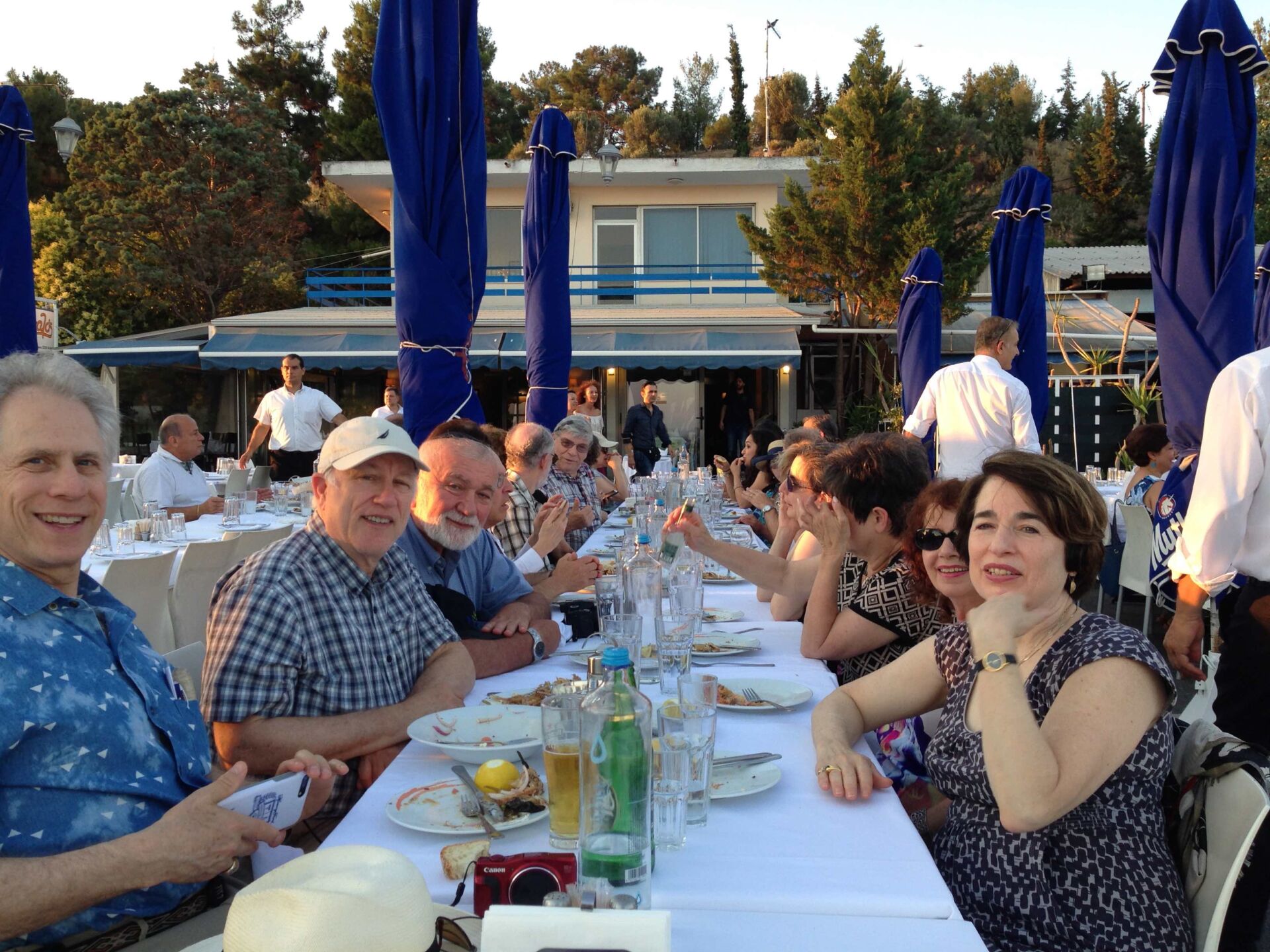
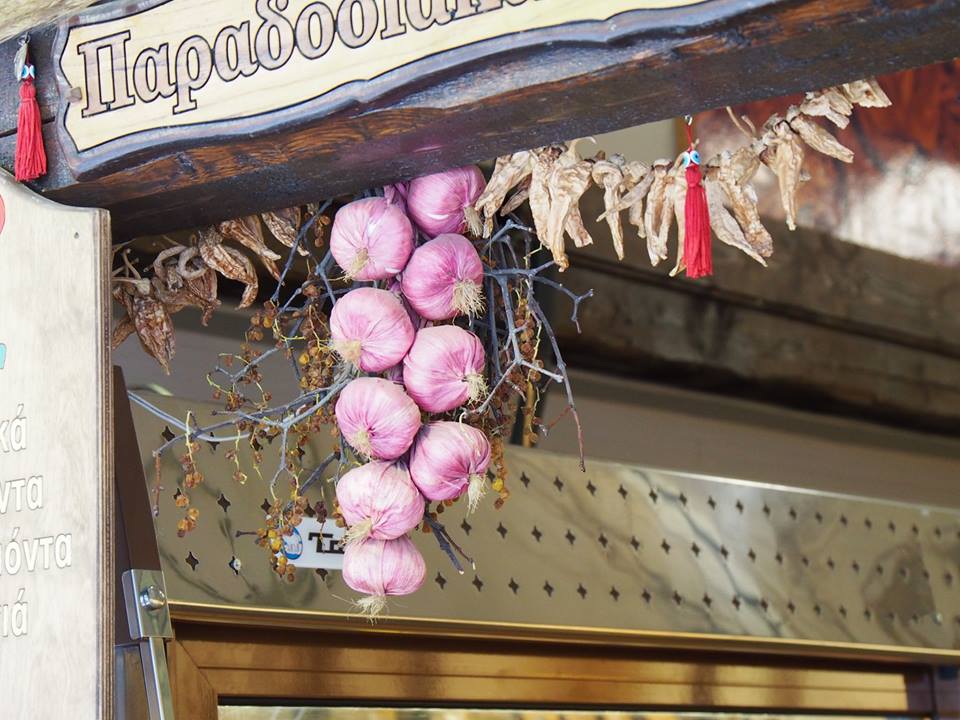
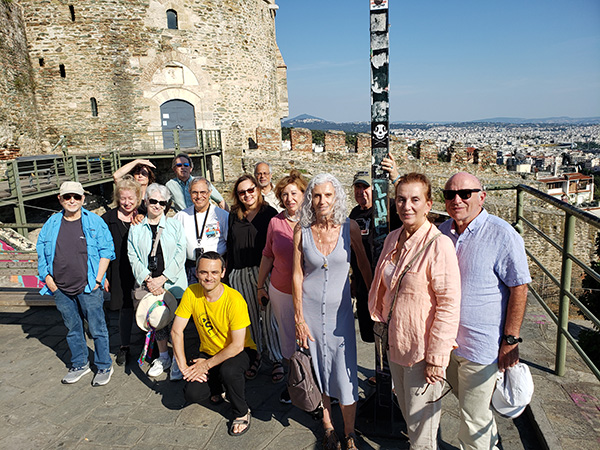
On Day 4, we travel through northern Greece toward Bulgaria for the final portion of our Jewish heritage tour of Greece, North Macedonia, and Bulgaria. If you’d like to receive the detailed itinerary for this trip, please contact us.
Even though our Jewish heritage tour of Greece is centered around Thessaloniki, Greece as a whole has much more to offer in terms of Jewish heritage. Below are additional suggestions for a private tour of Jewish Greece, which we are happy to arrange for you.
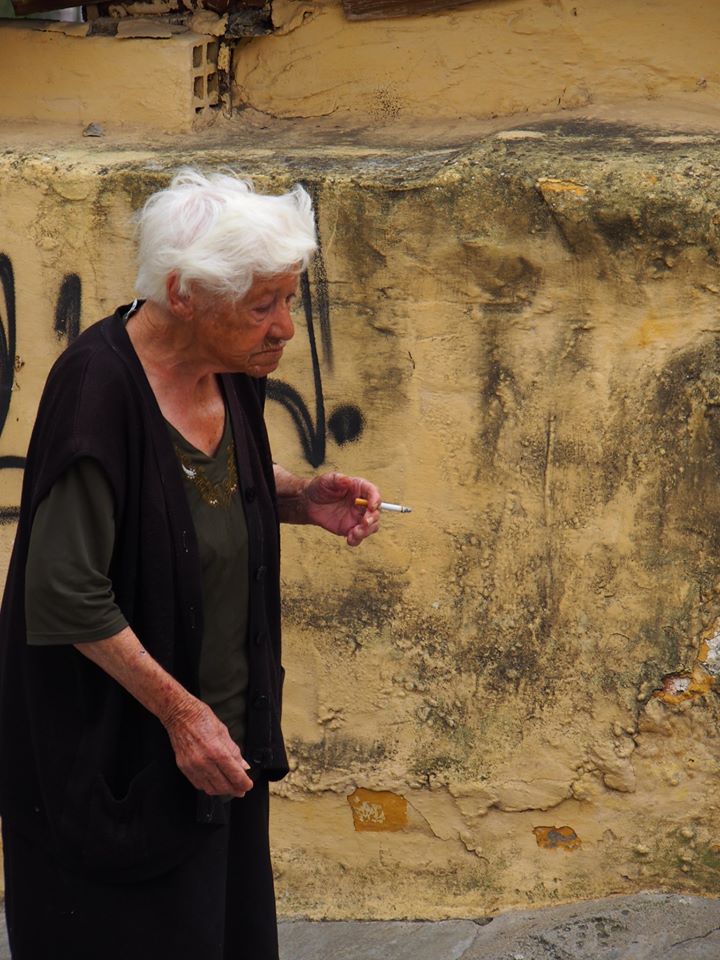

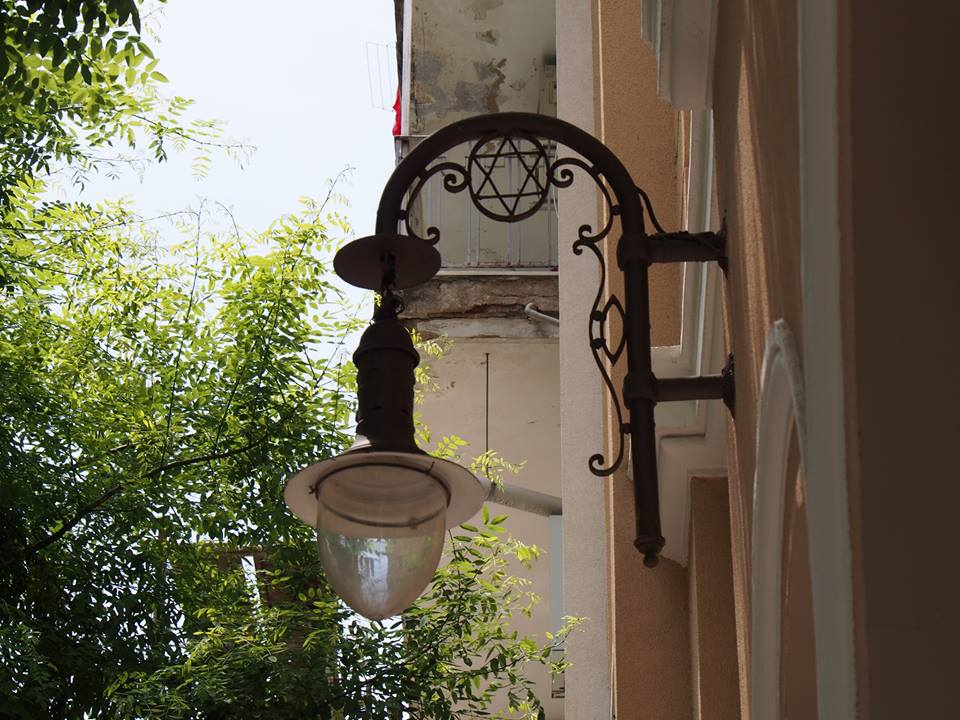
ATHENS
Visit the Jewish museum, the Holocaust Memorial, the Beth Shalom Sephardic Synagogue (1935), and the Romaniote Etz Hayim Synagogue (1904), also known as the “Ioannina Synagogue.” Head on to the Acropolis, the Parthenon gallery, the Erechtheion, the Temple of Athina Nike, and the Propylaia. Other notable sites are the Temple of Olympian Zeus, The Arch of Hadrian, and the Theater of Dionysus. Enjoy the picturesque historic Plaka neighborhood with its charming narrow streets, cafes, galleries, and restaurants. Stroll through the Monastiraki and Psiri areas, the former home of Athens’ Jewish quarter.
CHALKIS AND TRIKALA
Chalkis is located about sixty miles northeast of Athens, on the charming island of Euboea. The Chalkis Romaniote Jewish community prides itself for over 2,500 years of continuous existence, one of the oldest Jewish settlements in Europe. Visit the 19th century synagogue on Kotsuo Street and learn about the Chalkis Jewish community. Stop at the monument of Mordehai Frizis, a noted Jewish war hero. The Jewish cemetery in Chalkis is the second-oldest in Greece, with tombstones from the 16th century.
Trikala is one of the important historic Jewish centers in Greece. Beautiful Trikala is located on the banks of the Lithaios river and is the administrative center of the Thessaly region. visit to the Romaniote Kal Yavanim Synagogue, located in the heart of the historic Jewish neighborhood. We will also visit the Jewish cemetery and the newly unveiled Holocaust memorial dedicated to the 139 Trikala Jews who perished during the Holocaust. One of the architectural landmarks of Trikala is the 16th century Osman Shah Mosque, the work of the noted Mimar Sinan.
CORFU
Jewish presence on this Ionian island dates back to the 12th century, and the community thrived during Venetian rule (14th -18th century). A typical walking tour of Corfu includes the lively Liston promenade, the Old Fortress, the Campielo quarter, the Jewish ghetto, and the Holocaust Memorial. A few streets in the old town bear the names of prominent Jews. Visit the La Scuola Greca Synagogue.
IOANNINA
Ioannina is the historic home to the largest Romaniote Jewish community. The Romaniotes were the oldest Jewish settlers of the region, their name associated with the Roman Empire. The community in Ioannina preserved its Romaniote identity even after the arrival of the Sephardim, while many Romaniotes elsewhere in Greece were absorbed into the Sephardi majority. Significant numbers of Ioannina Jews settled in Manhattan in the early 1900s. Visit the historic Jewish cemetery and the Holocaust Memorial, walk the streets of the fortified old town and the Jewish neighborhood, and enjoy the lovely scenery of the Pamovits lake. We also recommend taking a boat ride to the iconic Island on the Lake.
VEROIA
Not far from the the tomb of Philip II of Macedon lies the charming nearby town of Veroia, where Jews fist settled in the 1st century BCE. As he did in Thessaloniki, St. Paul also visited Veroia and preached in the local synagogue. The Jewish neighborhood has some stately large mansions, and the Veroia synagogue – dating back to the mid 19th century – has a truly unique appeal.
Here are a few tidbits from Jewish Salonica:
- Rabbi Samuel ben Moses de Medina (the Rashdam) was an eminent 16th century Talmudist and responsa author. He died in Salonica in 1589.
- In the 16th century, Salonica’s preeminent Talmudic authority was Rabbi Joseph Taitatzak (1465-1546).
- Portuguese poet Samuel Usque is credited as the one who coined the city’s moniker “Mother of Israel” — or “madre de Israel” in Ladino — even though Usque’s original phrase was “madre de Judesmo.”
- As Rabbi Karo celebrated Shavout in Salonica in 1533, he was joined by two prominent local Kabbalistic authorities: R. Joseph Taitatzak and R. Salomon Alkabetz. During the festivities, Rabbi Karo apparently experienced a divine revelation, and scholars see this moment as the trigger for Karo’s deep fascination with Jewish mysticism.
- In a 2016 article in the journal Jewish Social Studies, scholar Devin Naar lists the following professions for the Jews of Salonica, as documented in a 1904 register: “water carrier, carriage driver, grocer, fisherman, baker, broker, bureka maker, housepainter, blacksmith, stevedore, teacher, tanner, carpenter, clerks, used clothes salesman, craftsman, fez peddler, tassel maker, trunk maker, rabbi, junk dealer, iron monger, boatman, night watchman, butcher, coffee shop owner, cobbler, basket maker, furrier, lemon seller, shoe shiner, teacher, rag merchant, servant, pumpkin seed vendor, moneychanger, clockmaker, wine merchant, tailor, confectioner, umbrella maker, road sweeper, peddler, lace salesman, sandal maker, weaver, tinsmith, theater actor, student, tobacco laborer.”
